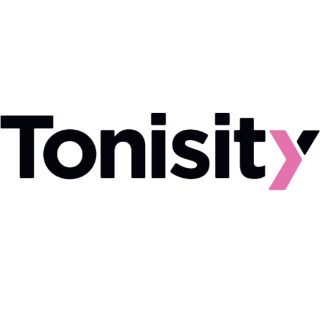 Continual advancements in biosecurity at JSR’s AI studs mean more producers than ever are benefiting from high health status animals.
Continual advancements in biosecurity at JSR’s AI studs mean more producers than ever are benefiting from high health status animals.
There are a vast number of measures in place on the company’s studs and nucleus units that have been designed to protect resident animals as well as the businesses of JSR’s customers.

Boars are regularly introduced to the studs and are resident for no more than 18-24 months. With such a frequent intake of stock it’s vital that screening is rigorous in order to avoid the introduction of significant disease such as PRRS.
Stringent biosecurity at JSR begins on the organisation’s nucleus units according to the company’s UK sales director Giles Christie.
“The nucleus units are all high health, hosting regular veterinary visits, blood sampling and abattoir surveillance,” said Giles. “All of this of course inspires confidence in our customers as a high health status is guaranteed at the earliest stages of the animal’s life.
“The boars are selected for AI based on their genetic merit and once chosen, they’re placed straight into isolation, which operates the same biosecurity measures as the nucleus herds.
“While the animals are in the isolation areas, the nucleus units are checked again for signs of disease and the AI boars are blood tested for Classical Swine Fever, Brucellosis and Aujesky’s Disease before they can be entered into the ‘pre-stud’ isolation Stage.
“It’s imperative that we have these systems in place, as a biosecurity protocol that’s lacking, will quickly come to bear.”
In the last 15 days of the 30-day pre-stud isolation, during which all boars are assessed daily, further blood samples are taken and the animals are tested again for Brucellosis and Aujesky’s Disease plus PRRS. Boars must pass these tests in order to progress onto the stud. Any indication of PRRS would mean immediate slaughter and a thorough investigation.
When on the stud, animals are visited weekly by a vet, who carries out a thorough appraisal on each boar. This way any health concerns can be addressed as soon as they’re spotted. In addition to the weekly appraisal programme, 10% of the animals deemed as representative of the entire stud population are blood sampled for PRRS and the samples are also put through statutory tests required by Defra.
May 14, 2013 - JSR





